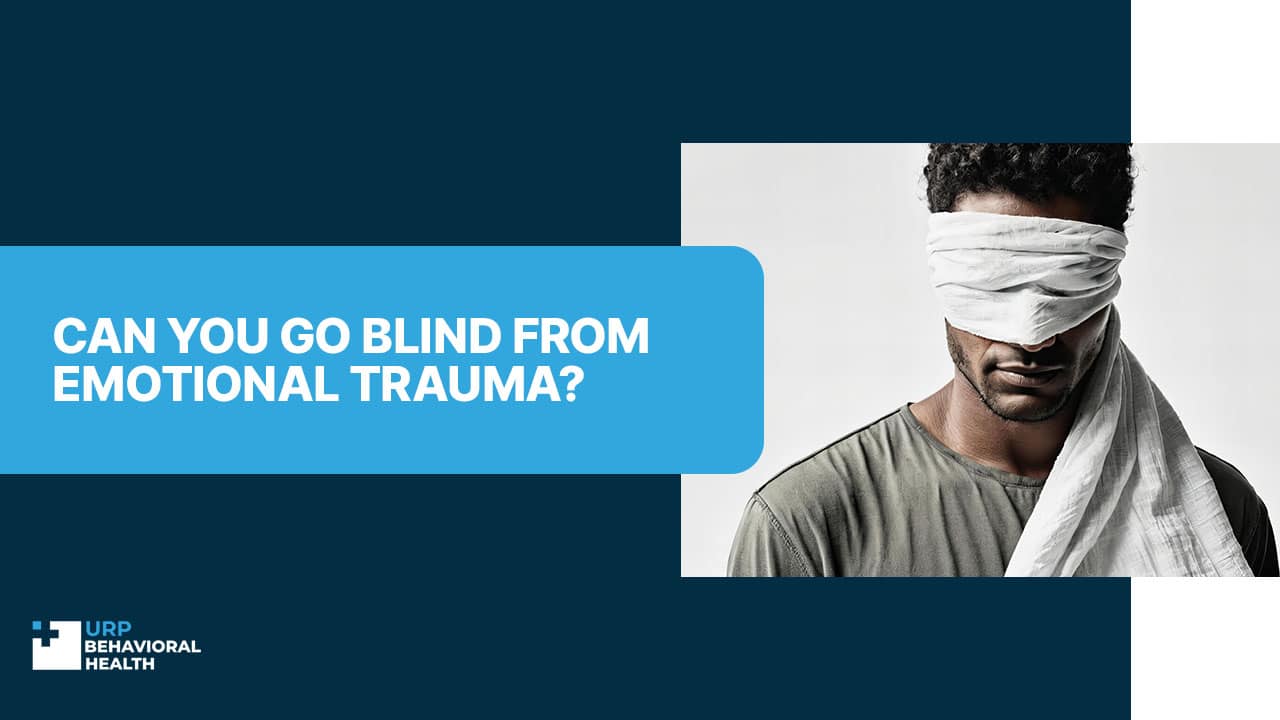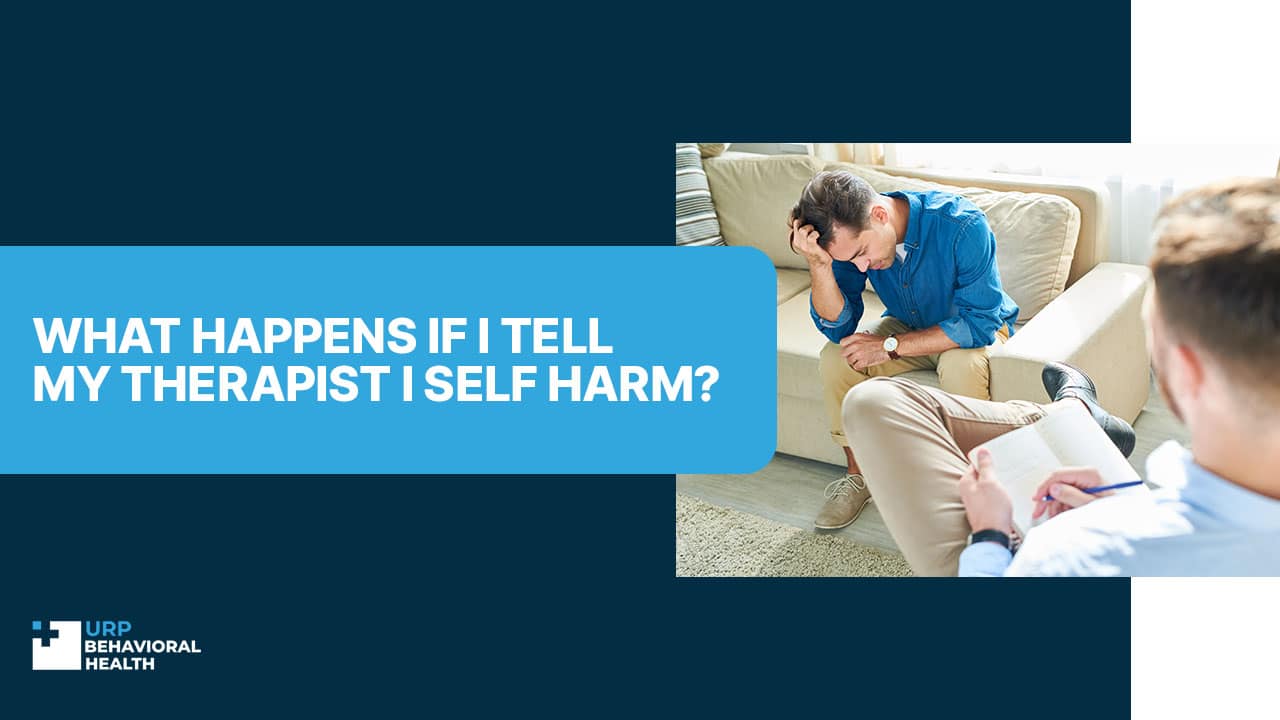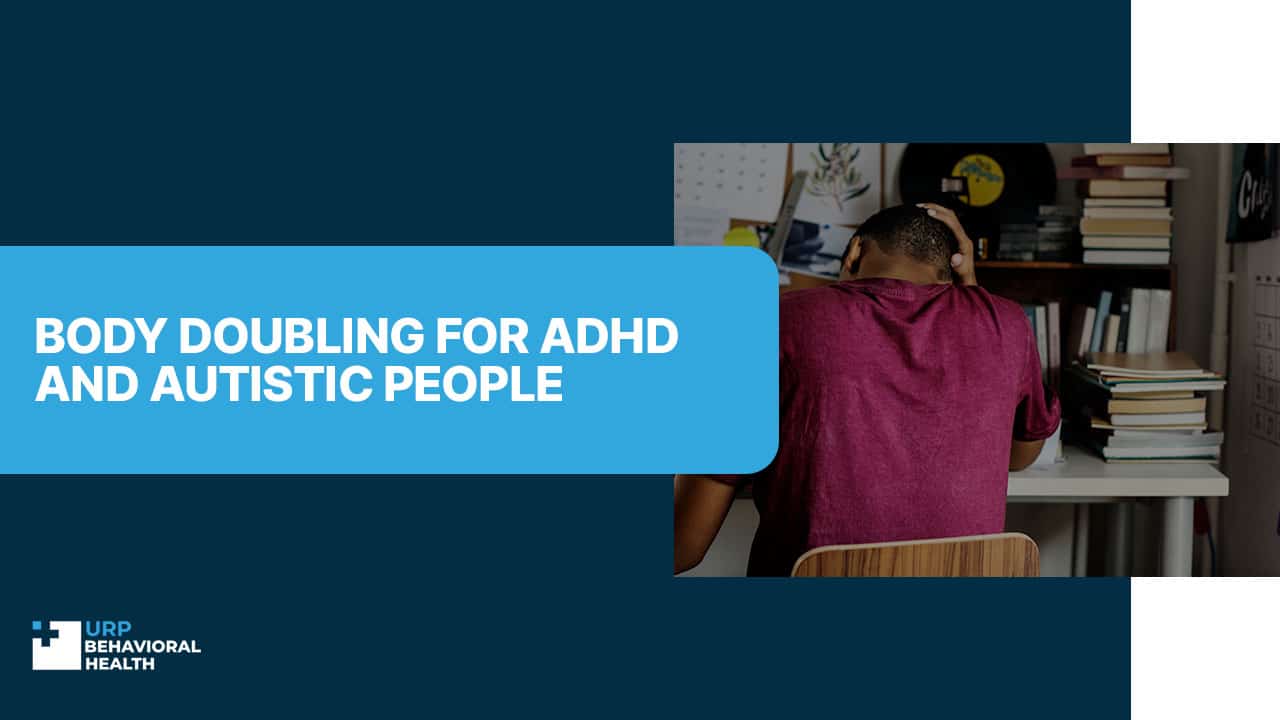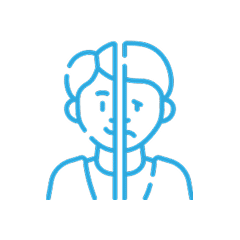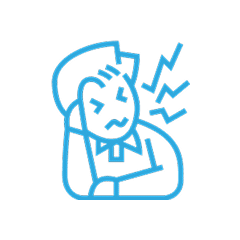
PTSD and Hallucinations: Relationship and Impact
Understanding the link between post-traumatic stress disorder and hallucinations is crucial for creating and providing an efficient treatment plan for those affected by these conditions.
What is PTSD? PTSD stands for post-traumatic stress disorder, it’s usually caused by experiencing strong traumatic events such as natural disasters, war, violence, terrorist attacks, and many more. PTSD is characterized by the following symptoms: sleep disorders (sleep apnea, nightmares, insomnia), flashbacks, anger, memory loss, anxiety, and depression.
While hallucinations involve perceiving things that are not present, which can be auditory, visual, or sensory.
Both diseases have a strong impact on people’s lives, well-being, and health. The link between PTSD and hallucinations should be definitely explored in order to prevent the worsening of the disease and ensure a quick recovery and return to daily routine for those who are affected.
Don’t wait - confidential help is available right now for you or your loved one.
Can PTSD Cause Hallucinations?
Latest research has shown evidence that post-traumatic stress disorder can indeed cause hallucinations. That is happening because the chronic stress and anxiety usual for patients with PTSD lead to physiological and psychological changes in people’s brains changing their function and chemistry, which causes hallucinations over time. Besides, intrusive flashbacks can also lead to the appearance of hallucinations. Moreover, sleep disorders can lead to extreme fatigue, which, in turn, also can possibly provoke hallucinations.
The exact link between those two disorders is not fully understood and explored yet, but there are a few theories that have been proposed. One such theory says it’s all about chronic stress which is usual for patients with PTSD, as it changes brain chemistry, increasing the risk of hallucinations. Another theory proposes that the heightened state of arousal and hypervigilance common in PTSD can trigger hallucinations.
Learning these theories is crucial in order to develop the most efficient strategy of treatment for those struggling with both post-traumatic stress disorder and hallucinations.
Types of Hallucinations in PTSD
What types of hallucinations are common for people with post-traumatic stress disorder? Those can be auditory, visual, and sensory hallucinations. Auditory hallucinations manifest themselves as hearing sounds or voices that do not exist in real life. Visual hallucinations manifest themselves as seeing things that are not present. Sensory hallucinations manifest themselves as perceiving sensations that are not real, such as feeling something touching the skin [2].
Understanding and diagnosing the specific types of hallucinations experienced by a person struggling with post-traumatic stress disorder is vital for making an efficient treatment plan. That’s because different types of hallucinations require different curing approaches. For example, auditory hallucinations may require coping strategies, while visual and sensory hallucinations don’t require them. This individualized treatment leads to rapid recovery and the absence of complications.
Our team will verify your insurance and design a plan tailored to your needs.
Risk Factors
Several risk factors that can increase the likelihood of hallucinations appearing in people with post-traumatic stress disorder. These are the duration of the traumatic event and disorder overall, the number of other mental disorders, level of stress and anxiety. Besides, there are also such factors as sleep problems, lack of social support, and substance abuse [1].
No less important are genetic factors. If your family members have mental health disorders, traumatic experiences, or chronic medical conditions, it will definitely increase the risk of hallucinations for you if you are experiencing post-traumatic stress disorder.
Understanding these risk factors is crucial for therapists in making efficient individualized treatment plans for their patients.
Treatment Options for PTSD and Hallucinations
Treating both post-traumatic stress disorder and hallucinations requires combining a variety of approaches and strategies individualized for each patient and condition. Psychotherapy includes such approaches as CBT which stands for cognitive-behavioral therapy and EMDR which stands for eye movement desensitization and reprocessing. For curing hallucinations the most efficient techniques are grounding exercises, mindfulness, and reality testing. Combining these approaches is crucial for healing both conditions [2].
No less important is to change a lifestyle that includes regular exercise, healthy food and sleep, and creating a supportive and comfortable environment.
Conclusion
Exploring and understanding the link between post-traumatic stress disorder is crucial for therapists in order to improve the health and well-being of their patients by creating efficient treatment strategies. These strategies require combining a variety of different approaches such as therapy, lifestyle changes, and a supportive environment.
If you or someone you know is struggling with both post-traumatic stress disorder and hallucinations it’s vital for them to seek professional help as fast as possible. Early diagnosing and intervention can improve outcomes of treatment and enhance quality of life [1][2][3]. URP Behavioral Health offers specialized and individualized care and efficient treatment plans leading to quick recovery for each patient struggling with these challenging disorders.
We’ll help you understand your options and guide you toward care.
Sources
- [1] “PTSD and Hallucinations”. https://pubmed.ncbi.nlm.nih.gov/32437205/
- [2] “Understanding PTSD and Hallucinations”. https://pmc.ncbi.nlm.nih.gov/articles/PMC9885325/
- [3] “PTSD and Hallucination Research”. https://www.sciencedirect.com/science/article/pii/S0920996423001834

